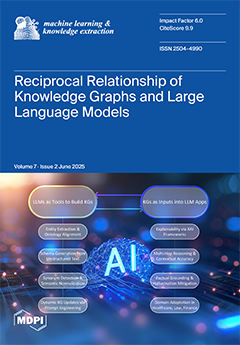Knee osteoarthritis (
KOA) is a highly prevalent muscoloskeletal joint disorder affecting a significant portion of the population worldwide. Accurate predictions of
KOA progression can assist clinicians in drawing preventive strategies for patients. In this paper, we present an integrated approach based on hypergraph convolutional networks (
HGCNs) for longitudinal predictions of
KOA grades and progressions from MRI images. We propose two novel models, namely, the
C_Shape.Net and the predictor network. The
C_Shape.Net operates on a hypergraph of volumetric nodes, especially designed to represent the surface and volumetric features of the cartilage. It encompasses deep
HGCN convolutions, graph pooling, and readout operations in a hierarchy of layers, providing, at the output, expressive 3D shape descriptors of the cartilage volume. The predictor is a spatio-temporal
HGCN network (
ST_HGCN), following the sequence-to-sequence learning scheme. Concretely, it transforms sequences of knee representations at the historical stage into sequences of
KOA predictions at the prediction stage. The predictor includes spatial
HGCN convolutions, attention-based temporal fusion of feature embeddings at multiple layers, and a transformer module that generates longitudinal predictions at follow-up times. We present comprehensive experiments on the Osteoarthritis Initiative (
OAI) cohort to evaluate the performance of our methodology for various tasks, including node classification, longitudinal
KL grading, and progression. The basic finding of the experiments is that the larger the depth of the historical stage, the higher the accuracy of the obtained predictions in all tasks. For the maximum historic depth of four years, our method yielded an average balanced accuracy (
BA) of 85.94% in
KOA grading, and accuracies of 91.89% (+1), 88.11% (+2), 84.35% (+3), and 79.41% (+4) for the four consecutive follow-up visits. Under the same setting, we also achieved an average value of Area Under Curve (
AUC) of 0.94 for the prediction of progression incidence, and follow-up
AUC values of 0.81 (+1), 0.77 (+2), 0.73 (+3), and 0.68 (+4), respectively.
Full article





